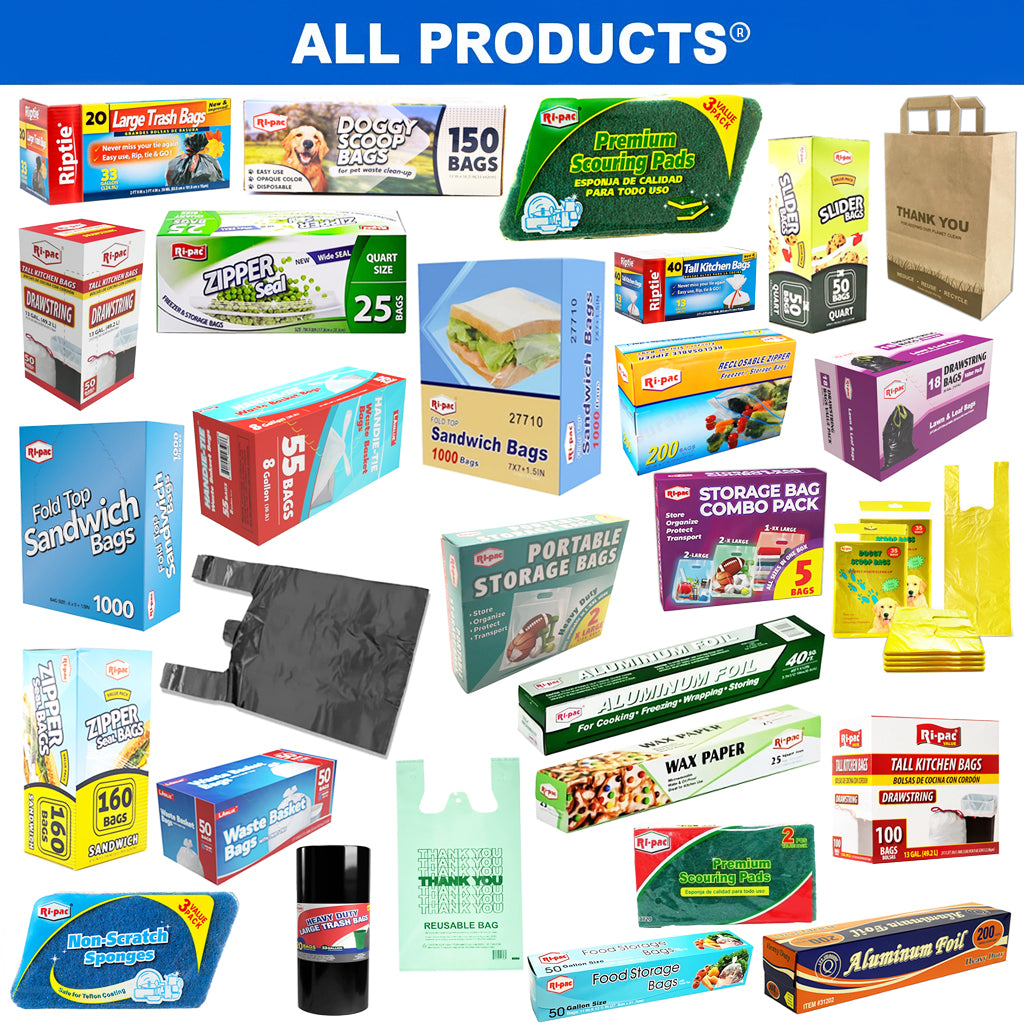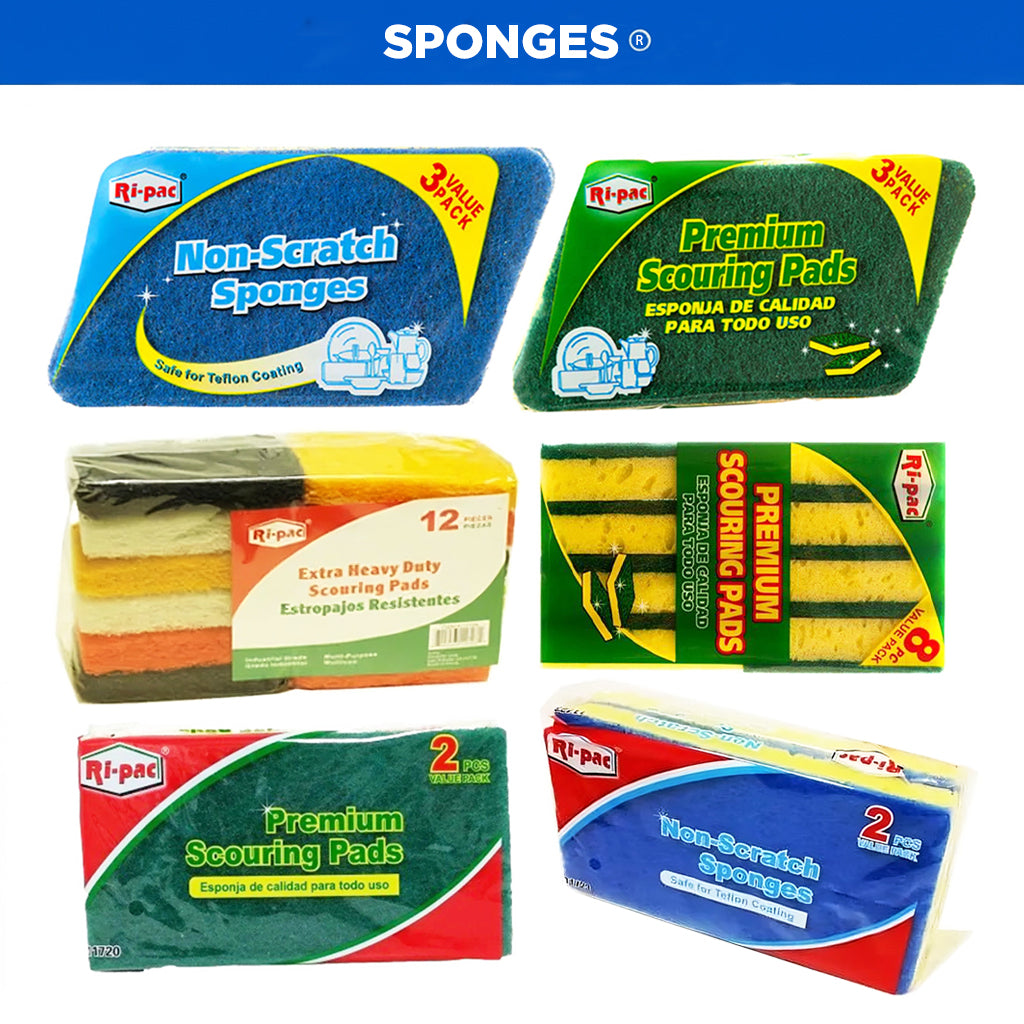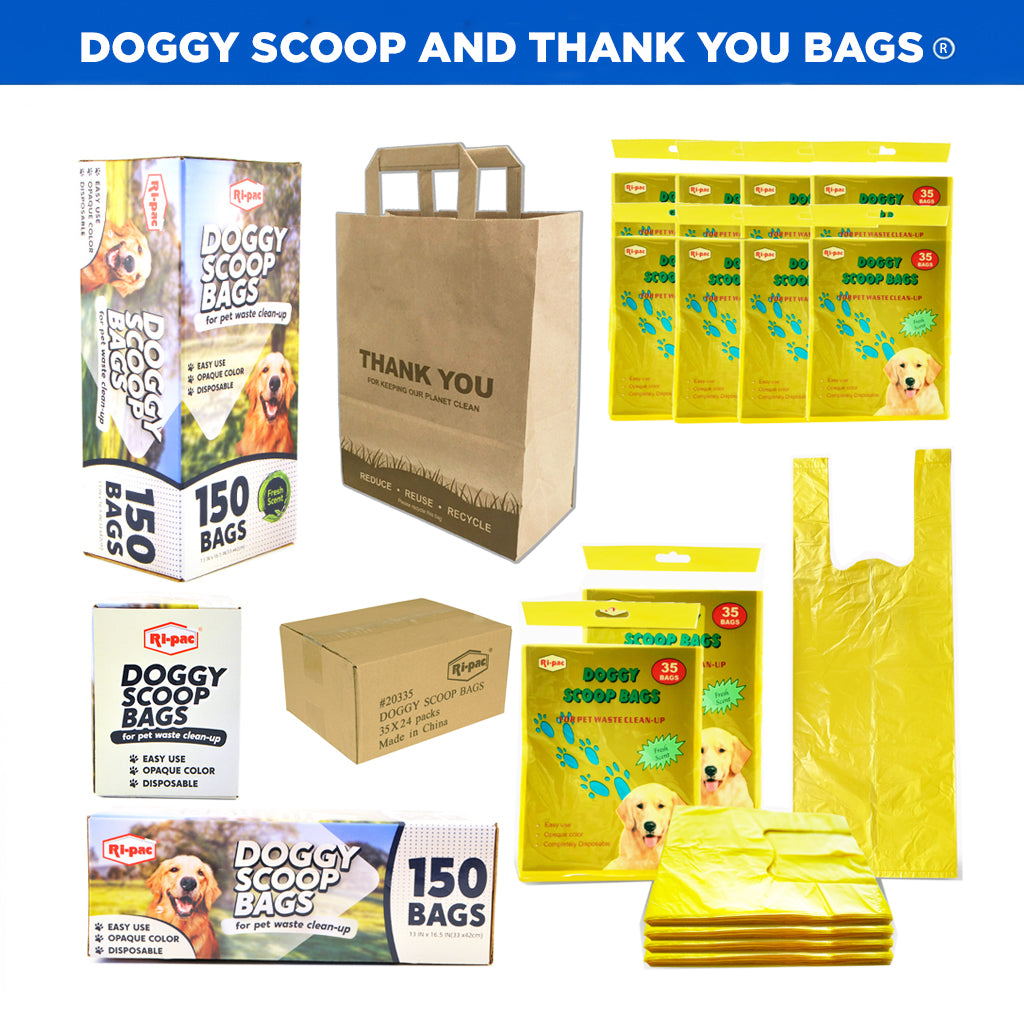Keeping food fresh, organizing lunches, and reducing waste all start with choosing the right storage solution. Sandwich bags and zipper bags have become essential kitchen staples, offering versatility beyond just packing ham and cheese. Let's explore how these humble pouches can revolutionize your food storage routine and simplify your daily life.
Understanding the Basics of Food Storage Bags
Sandwich bags and zipper bags might seem like simple products, but they've evolved significantly over the years. These food storage solutions now come in various materials, designs, and features to meet different needs. From basic fold-top sandwich bags to sophisticated double-zipper freezer bags, the options available today cater to every possible food storage scenario.
The fundamental purpose of these bags remains consistent: to keep food fresh, prevent leaks, and maintain flavor. However, modern food storage bags do much more—they help portion meals, organize refrigerators, and even assist with cooking techniques like sous vide.
Different Types of Food Storage Bags
When browsing for sandwich bags and zipper bags, you'll encounter several distinct varieties:
- Standard sandwich bags: Typically sized for a single sandwich, these basic bags may feature a fold-top or simple closure.
- Zipper-seal bags: These incorporate a press-to-seal closure system that creates an airtight seal.
- Slider bags: Featuring an actual sliding mechanism that runs across the top, these are easier to seal completely.
- Freezer bags: Made with thicker material specifically designed to prevent freezer burn and maintain food quality during long-term freezing.
- Snack bags: Smaller sized bags perfect for portion control and individual servings.
Understanding these distinctions helps you select the right type for specific uses, ensuring optimal food preservation and convenience.
Benefits of Quality Sandwich and Zipper Bags
Investing in high-quality sandwich bags and zipper bags offers numerous advantages that extend beyond basic food storage. Well-designed bags provide superior protection against air exposure, which is the primary cause of food spoilage. The right bag can significantly extend the shelf life of your perishables, helping you reduce food waste and save money.
Modern sandwich and zipper bags also offer impressive durability. Many premium options can be washed and reused multiple times, making them more economical and environmentally friendly than single-use alternatives. The best bags maintain their integrity even when filled with liquids or when stored in the freezer for extended periods.
Convenience Features Worth Noting
Today's sandwich bags and zipper bags come with thoughtful features that enhance usability:
- Color-coded systems for easy organization
- Write-on tabs for labeling contents and dates
- Expandable bottoms that allow bags to stand upright
- Grip strips that make opening easier, even with wet hands
- Double-seal technology for extra leak protection
These seemingly small details can make a significant difference in daily use, turning a simple storage product into an indispensable kitchen tool.
Eco-Friendly Options in Food Storage
Environmental consciousness has transformed the sandwich bag market. Many consumers now seek sustainable alternatives to traditional plastic options. Manufacturers have responded with innovative eco-friendly sandwich bags and zipper bags made from biodegradable materials, recycled content, or renewable resources.
Reusable silicone bags represent one of the most popular sustainable options. These durable pouches can withstand thousands of uses, high temperatures, and even dishwasher cleaning. Though they require a higher initial investment, silicone bags typically pay for themselves within months of regular use.
Other eco-conscious alternatives include:
- Bags made from plant-based plastics derived from cornstarch or sugarcane
- Paper sandwich bags created from recycled materials
- Beeswax-coated fabric wraps that replace bags entirely
- Compostable bags that break down completely in proper composting conditions
By choosing environmentally responsible sandwich bags, you contribute to reducing plastic waste while still enjoying the convenience of modern food storage solutions.
Creative Uses Beyond Sandwiches
While sandwich bags and zipper bags excel at their namesake purpose, their utility extends far beyond lunch preparation. Creative households find countless applications for these versatile storage solutions.
In the kitchen, zipper bags facilitate marinating meats, storing homemade sauces, and even cooking techniques like sous vide. Bakers use them to pipe frosting or create custom decorating tools. Meal preppers rely on them to organize ingredients for quick assembly during busy weeknights.
Outside the kitchen, sandwich bags and zipper bags serve equally diverse purposes:
- Protecting electronics from moisture during travel
- Organizing small craft supplies
- Storing seasonal jewelry or accessories
- Creating ice packs for injuries
- Transporting toiletries without leaks
- Keeping important documents dry during outdoor activities
This versatility makes quality sandwich bags and zipper bags truly multi-purpose household items worth investing in.
Food Preservation Techniques
The right storage bag combined with proper technique can dramatically extend food freshness. For fruits and vegetables, consider these approaches:
- Add a paper towel to absorb excess moisture when storing leafy greens
- Partially seal bags containing certain produce to allow some air circulation
- Double-bag strong-smelling items to prevent odor transfer in the refrigerator
- Press out air before sealing to reduce oxidation
For freezer storage, sandwich bags with proper closures prevent freezer burn when you:
- Remove as much air as possible before sealing
- Label bags with contents and dates
- Lay bags flat to freeze initially, then stack to save space
- Use appropriate freezer-grade bags for long-term storage
These simple strategies, paired with quality sandwich bags and zipper bags, maximize food preservation efforts.
Choosing the Right Size and Style
Selecting appropriate sandwich bags and zipper bags depends largely on your specific needs. Most manufacturers offer their products in multiple sizes, from tiny snack bags to gallon-sized storage options. Maintaining an assortment of sizes ensures you'll always have the perfect bag for any situation.
Consider your typical usage patterns when stocking your kitchen. Families packing daily lunches might prioritize standard sandwich-sized bags, while meal preppers might favor larger options for batch cooking. Those who frequently freeze portions should invest in freezer-specific zipper bags that resist tearing at low temperatures.
Material Considerations
The material composition of sandwich bags affects their performance and suitability for different tasks:
- Low-density polyethylene (LDPE): Common in basic sandwich bags, providing adequate short-term food storage.
- High-density polyethylene (HDPE): Offers better strength and moisture barrier properties.
- Polypropylene: Provides superior clarity and resistance to oils, making it ideal for storing fatty foods.
- Silicone: Reusable, heat-resistant, and environmentally friendly, though more expensive initially.
- Biodegradable materials: Made from plant-based sources, offering environmental benefits with some trade-offs in durability.
Understanding these differences helps you select bags that align with both your practical needs and personal values regarding sustainability.
Storage and Organization Solutions
Creating an efficient system for storing your sandwich bags and zipper bags prevents kitchen clutter and makes meal preparation more streamlined. Many homeowners dedicate a specific drawer or cabinet section to food storage products, using dividers to separate different sizes and types.
For those with limited space, wall-mounted dispensers provide an excellent solution. These units hold box contents securely while allowing easy access to individual bags. Some systems even accommodate multiple box sizes, keeping your complete collection organized and accessible.
Consider these organization approaches:
- Store bags near your food preparation area for convenient access
- Keep sandwich bags separate from freezer bags to avoid confusion
- Transfer bags from bulky boxes to space-saving containers
- Label storage containers if you maintain multiple types of similar-looking bags
- Keep a small supply in lunch-packing stations for morning efficiency
With thoughtful organization, your sandwich bags and zipper bags remain readily available without contributing to kitchen disorder.
Food Safety Considerations
Proper use of sandwich bags and zipper bags plays an important role in food safety. While these products create barriers against environmental contaminants, users should follow best practices to prevent cross-contamination and ensure food remains safe to consume.
Never reuse bags that have contained raw meat, poultry, or fish without thorough washing at high temperatures. Even with cleaning, consider reserving previously used bags for non-food items if you have concerns about potential bacterial growth.
When storing food in sandwich bags, remember these safety guidelines:
- Cool hot foods before bagging to prevent condensation that can accelerate spoilage
- Wash hands before handling bags for food storage
- Avoid touching the inside of bags when filling them
- Replace bags that develop tears or punctures
- Follow recommended refrigeration and freezer storage timelines
These precautions help maintain the integrity of your food and protect your family's health when using sandwich bags and zipper bags.
Conclusion
Sandwich bags and zipper bags represent far more than simple food containers—they're versatile tools that contribute to kitchen efficiency, food preservation, and waste reduction. By selecting the right options for your specific needs, you'll enhance your food storage system while potentially saving money and reducing environmental impact. Explore the wide variety of sandwich bags and zipper bags available to discover solutions that perfectly complement your lifestyle and values.




